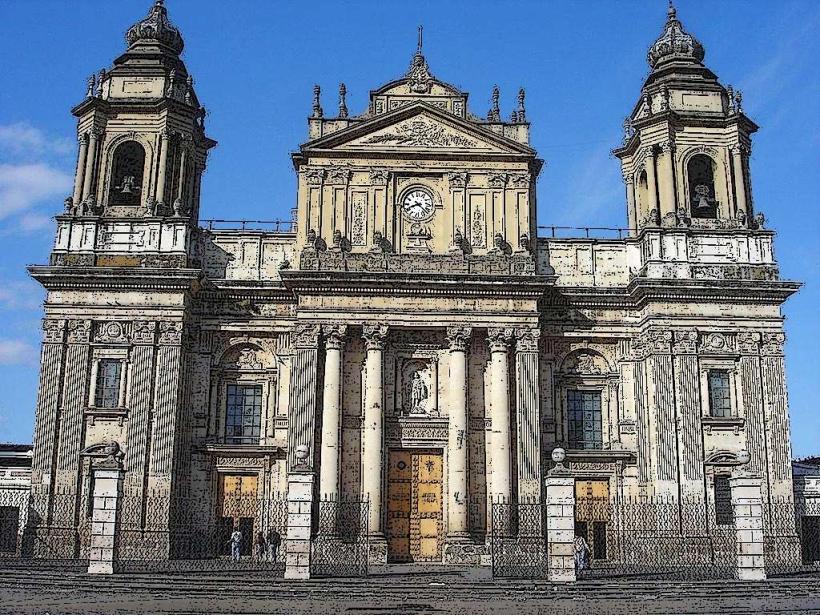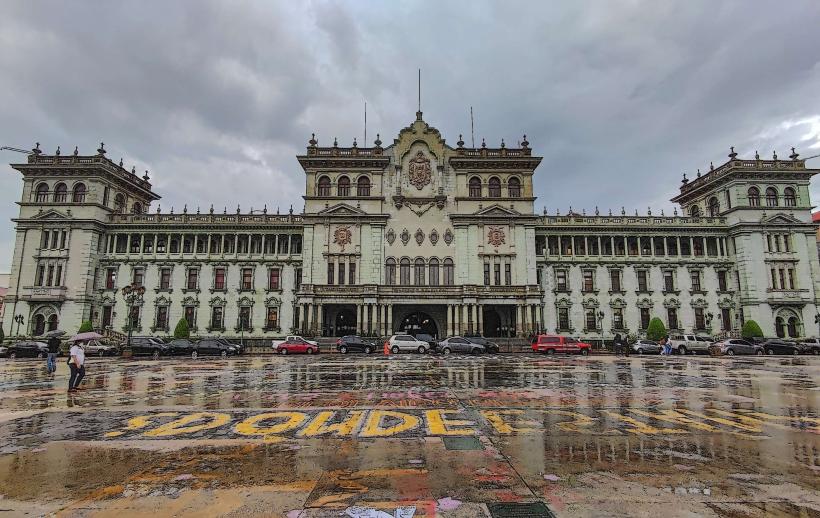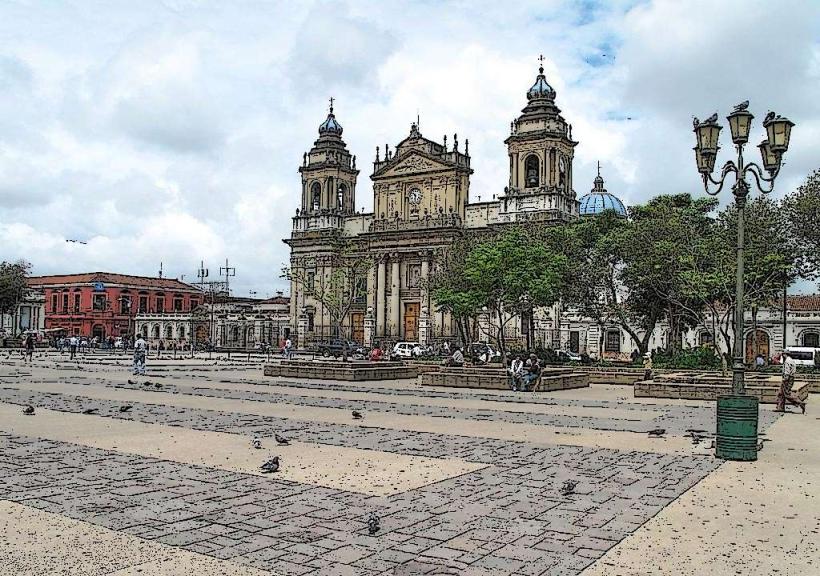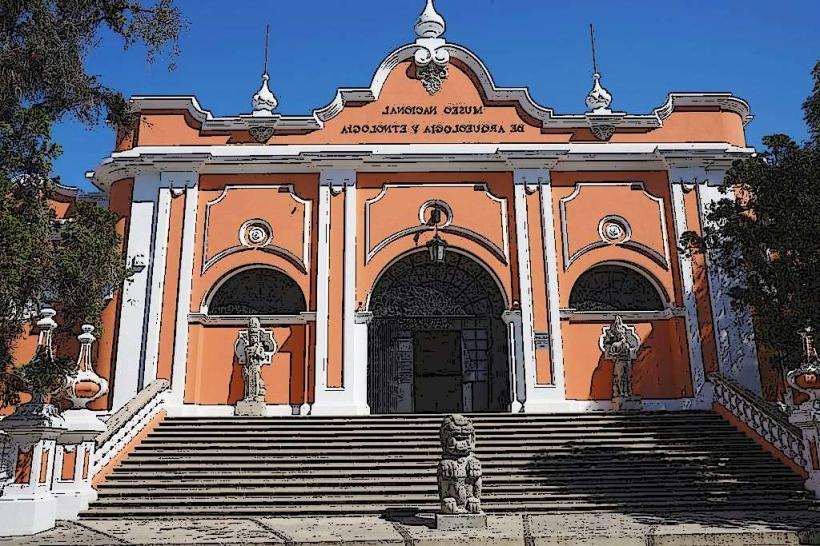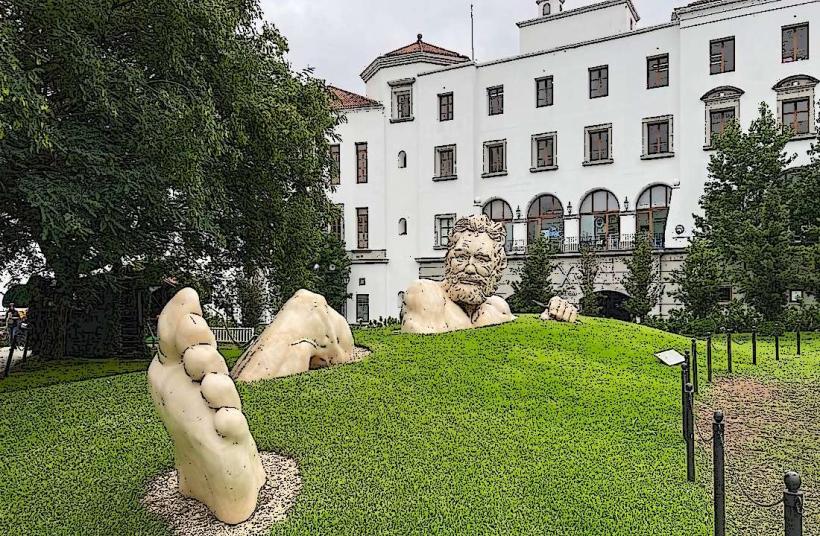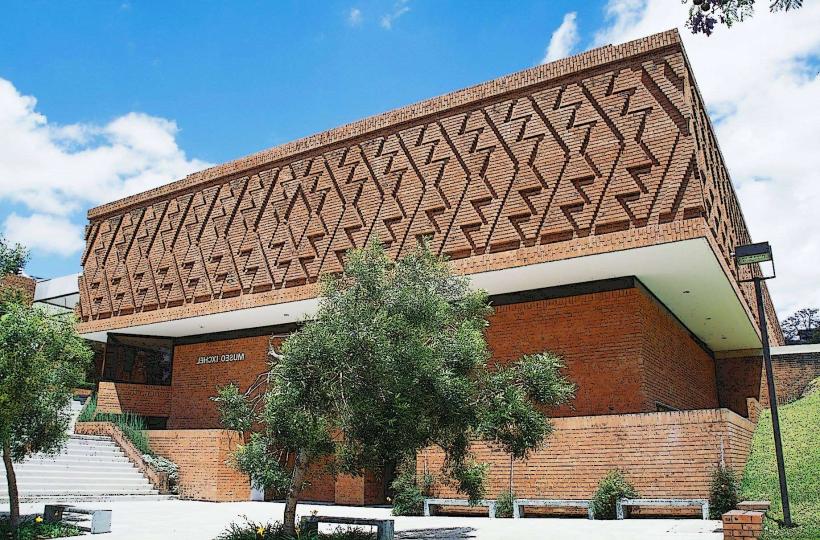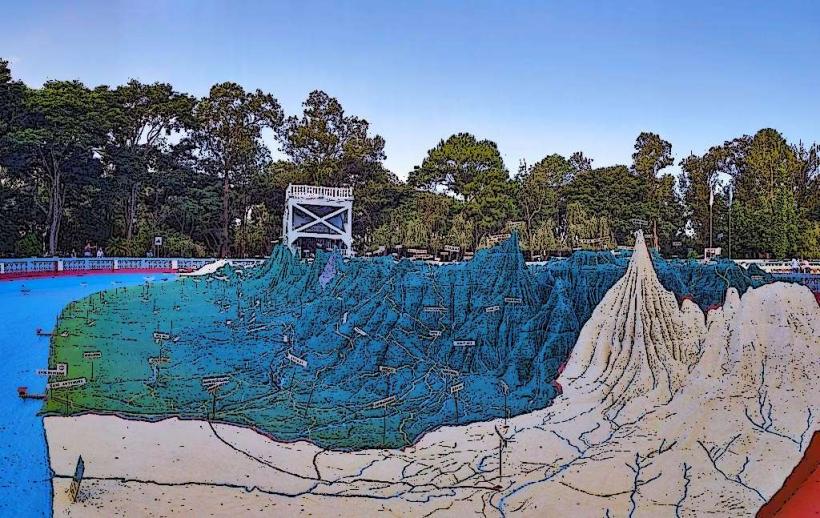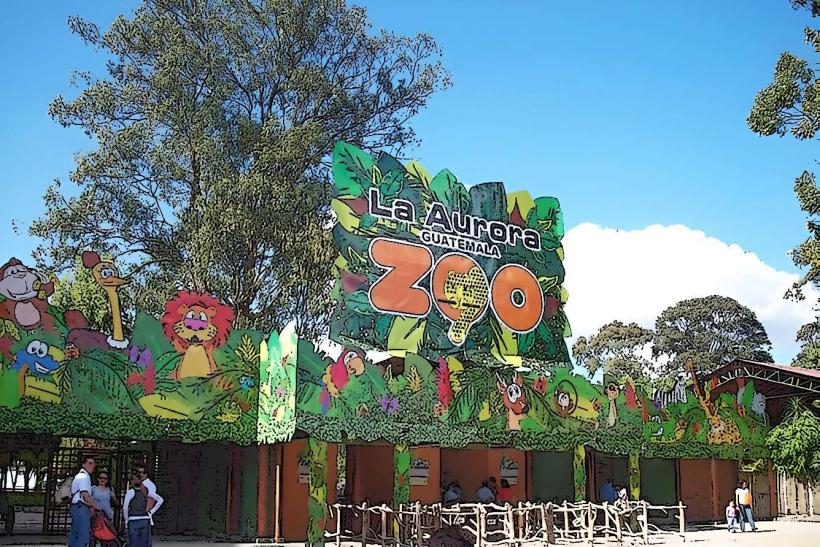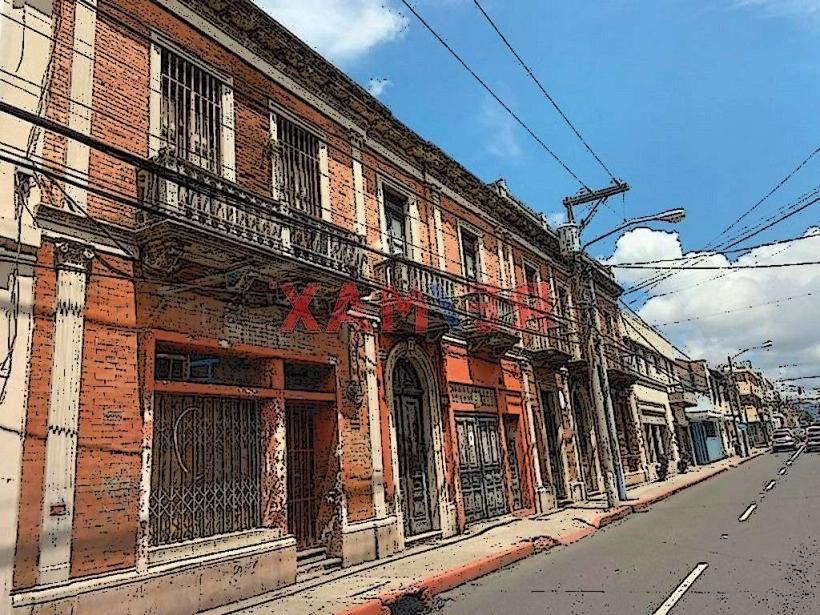Information
Landmark: Kaminaljuyu Archaeological SiteCity: Guatemala City
Country: Guatemala
Continent: North America
The Kaminaljuyu Archaeological Site is one of the most important pre-Columbian Maya archaeological sites in Guatemala, located in the Zone 7 area of Guatemala City. The site provides critical insights into the ancient Maya civilization that once thrived in the region, offering a glimpse into the culture, architecture, and history of the Maya people.
History and Significance:
Kaminaljuyu was a prominent Maya city that flourished from around 1500 BCE to 1000 CE, during the Preclassic and Classic periods of Maya civilization. It is believed to have been a major political, economic, and cultural center in the region, with strong connections to other important Maya cities across Mesoamerica.
The name Kaminaljuyu translates to "The Hill of the Dead" in the K'iche' Maya language, referencing the numerous tombs and burial sites discovered at the location. The site is significant for its role in understanding the development of early Maya culture, urban planning, and architecture. Kaminaljuyu is particularly noted for its ceremonial complexes, pyramidal structures, and the presence of numerous stelae (stone monuments), some of which have inscriptions that offer insights into the political and religious life of the Maya.
Archaeological Findings:
Kaminaljuyu was excavated in the early 20th century, and significant findings have been made that reveal the city’s importance in ancient Maya civilization. Some of the most notable aspects of the site include:
Pyramids and Platforms:
The site contains several pyramidal structures and platforms, many of which were used for ceremonial and religious purposes. These structures demonstrate advanced Maya architectural techniques, with stepped platforms and plazas that were likely used for ritual activities and as gathering spaces for elites and the community.
- Pyramid Complexes: Large pyramidal structures, such as those in the northern part of the site, indicate the city's status as a powerful urban center. These were likely used for religious and political functions.
- Sacred and Ceremonial Spaces: The site has a number of plazas and ceremonial areas where public rituals, including offerings to gods and ancestors, would have taken place.
Stelae and Monuments:
The site is known for its collection of stelae—tall, carved stone monuments that feature inscriptions and images of rulers, deities, and significant events. These stelae were typically erected by Maya rulers to commemorate military victories, dynastic changes, or other important occurrences.
The stelae at Kaminaljuyu are especially significant because they provide evidence of the political and social structure of the city. Some of the monuments at the site contain Long Count calendar dates, which help establish the timeline of the city’s development and its interactions with other Maya polities.
Tombs and Burial Sites:
Archaeologists have uncovered several tombs and burials throughout Kaminaljuyu, revealing much about the religious beliefs and practices of the Maya. These burial sites often contain important artifacts, such as jade jewelry, ceramics, and offerings, suggesting the high status of the individuals buried there. Many of these tombs are located beneath the pyramids and other structures, reflecting the Maya custom of burying elites with their possessions to ensure a successful journey to the afterlife.
Artifacts:
A wealth of ceramics, jade objects, obsidian tools, and shell ornaments have been found at the site. These artifacts provide insights into the daily life of the city’s inhabitants, their trade networks, and their artistic and technological capabilities.
- Ceramics: The pottery found at Kaminaljuyu is especially significant, as it includes both everyday utilitarian vessels and more ornate, ritualistic items. The pottery often features Maya iconography and motifs that relate to religious practices and cosmic beliefs.
- Jade: Jade was highly valued by the ancient Maya, and several jade objects, including pendants, beads, and figurines, have been recovered at the site. These objects were often used in ceremonial contexts.
Cultural Connections and Influence:
Kaminaljuyu was a major center in the Maya Lowlands and played an important role in the region's political, economic, and cultural life. The site was strategically located along the Pacific Coast trade routes, facilitating the exchange of goods such as jade, obsidian, and cacao with other important Maya cities in the Maya Highlands and further afield in Mesoamerica.
The city had strong cultural ties to other major Maya centers such as Teotihuacan (in central Mexico), and its influence is reflected in the architectural and artistic styles found at Kaminaljuyu. The presence of Teotihuacan-style elements, such as certain building designs and pottery motifs, suggests that Kaminaljuyu had diplomatic and trade relations with this powerful city.
Urban Planning and Development:
Kaminaljuyu was well-planned, with evidence of advanced urban development, including well-organized residential areas, plazas, and ceremonial spaces. The city was built on a series of terraces and artificial platforms, which helped to manage the landscape and prevent erosion, especially given the mountainous region's natural features.
The site’s urban planning reflects the Maya’s understanding of environmental management, as well as their ability to design large, complex settlements that could support a dense population. The city was likely home to tens of thousands of people at its height.
Decline:
Like many ancient Maya cities, Kaminaljuyu eventually went into decline, with the site being abandoned around 1000 CE. The reasons for its decline are not entirely clear, but it is believed that factors such as environmental changes, political instability, and the rise of other Maya cities in the region contributed to the city's fall. However, the exact cause of the city's abandonment remains a subject of research and debate.
Visitor Experience and Site Preservation:
Today, Kaminaljuyu is a popular archaeological and tourist site, offering visitors a chance to explore the ancient city’s ruins and learn about the fascinating history of the Maya civilization. The site is managed by the Institute of Anthropology and History of Guatemala, which works to preserve and protect the remains of the city while making them accessible to the public.
The archaeological site is relatively compact and can be explored on foot, with well-marked trails and interpretive signs explaining the significance of the various structures and artifacts. Visitors can see the remnants of pyramids, stelae, and plazas, as well as a small museum that displays some of the most important finds from the site, including ceramics, jade, and other artifacts.
Conclusion:
Kaminaljuyu is an essential archaeological site that offers valuable insights into the history, culture, and development of the ancient Maya civilization. As one of the most important urban centers in the region during the Preclassic and Classic periods, Kaminaljuyu provides a glimpse into the complex society and advanced urban planning of the Maya people. Its strategic location, impressive architectural structures, and rich archaeological findings make it a must-visit destination for those interested in the ancient Maya world.

